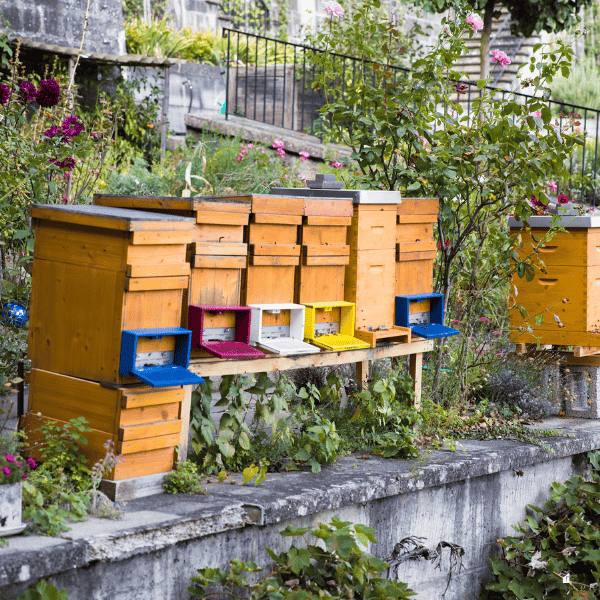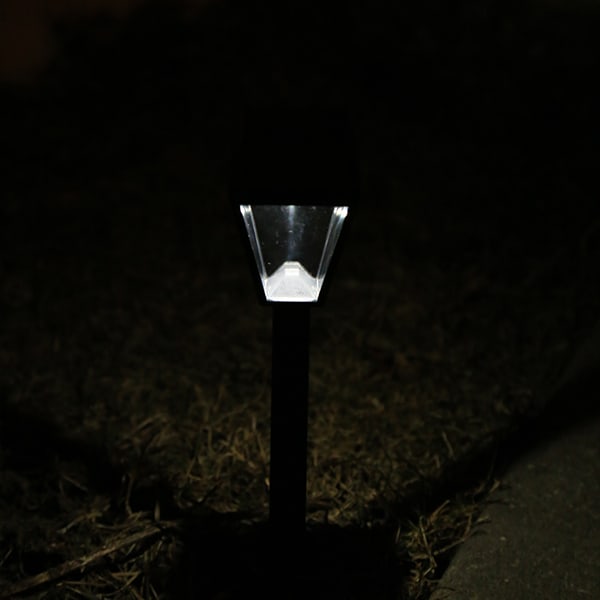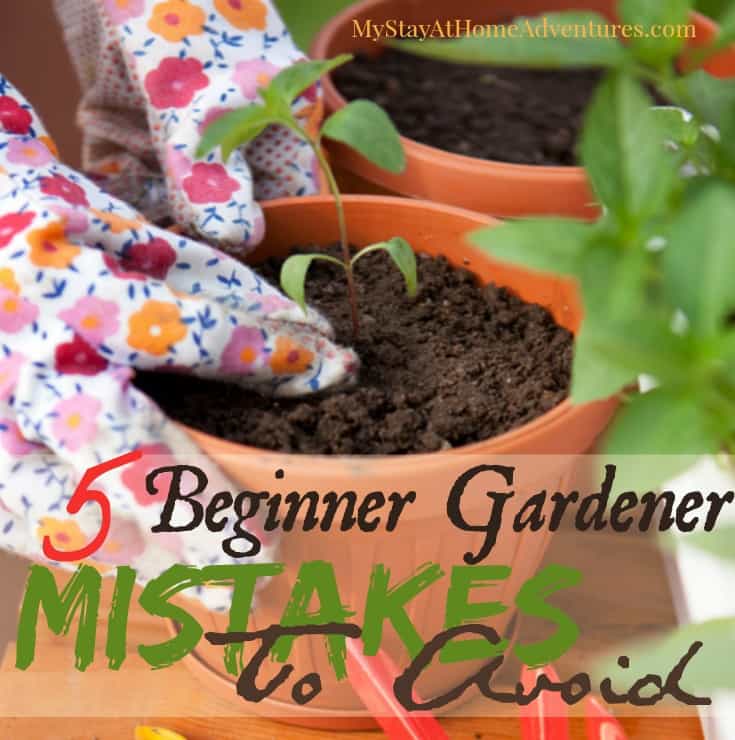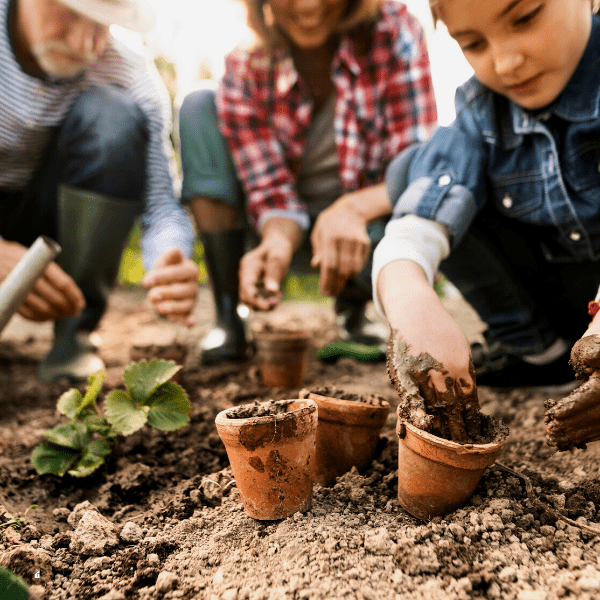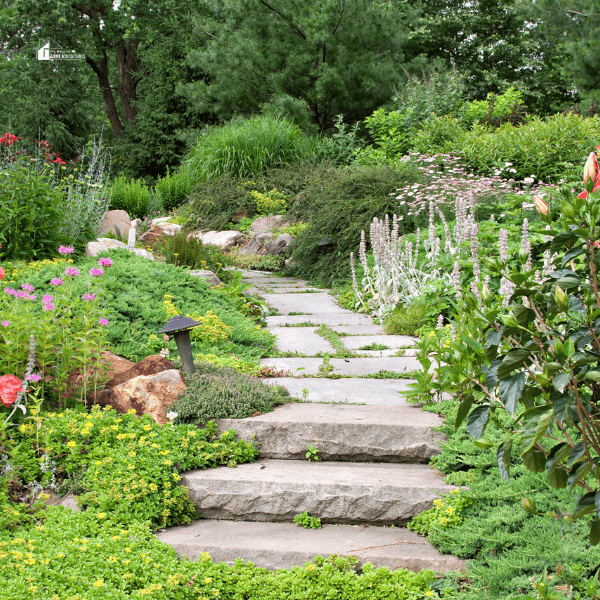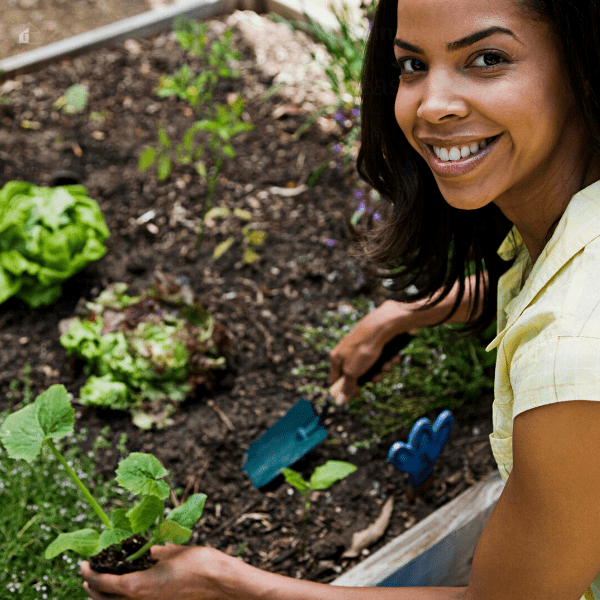The Best Types of Indoor Water Plants
This post may contain affiliate links which might earn us money. Please read my Disclosure and Privacy policies hereGrowing indoor water plants is a terrific hobby for beginner gardeners, those with limited room or who dislike filthy soil, and those with trouble watering their plants.
The simplest way to add a bit of greenery to your home is to create an indoor garden using houseplants that grow in water. Here's how to get started.
What plants can be grown in water only?
Remember that almost every plant can be rooted or propagated in water, but not all will survive. Below is a selection of water plants that can be grown in glass jars, fish bowls, or terrariums.
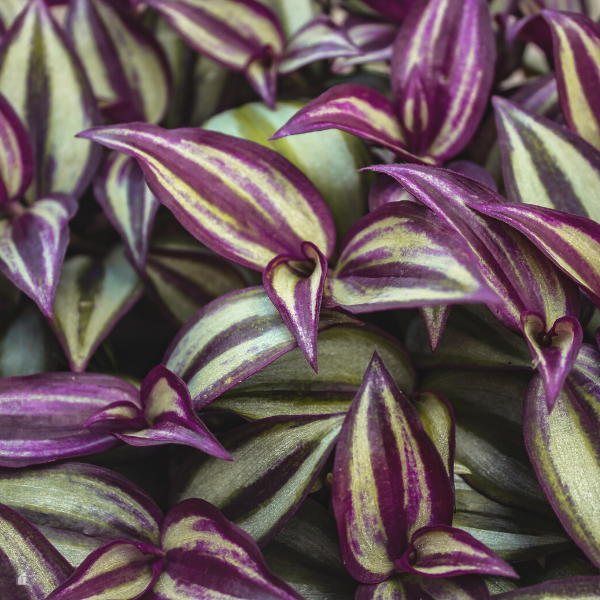
Wandering Jew
The Wandering Jew plant has beautiful green, purple, and silver color scheme. It has to be something worth adding to any decorative collection. Make it a centerpiece on a side table or coffee table by letting it trail over the end of a bookshelf. Unfortunately, too much direct sunlight might stunt the growth of the plant's roots.
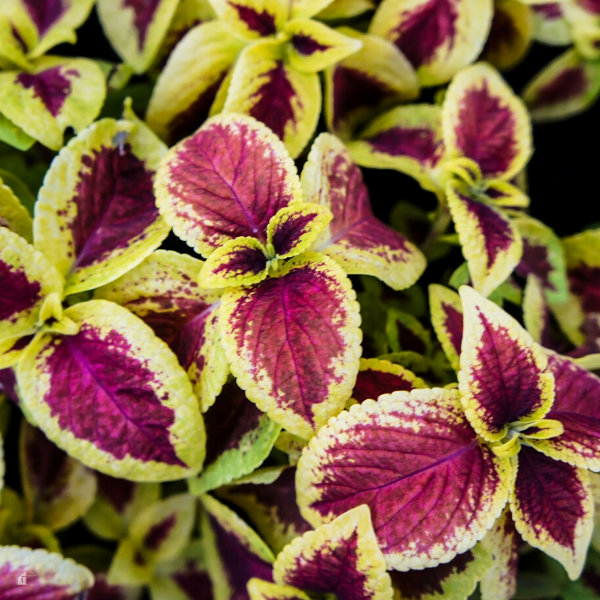
Coleus
Coleus is another indoor water plant, and they come in different varieties, each of which is distinct. If you use a liquid fertilizer, either will grow in water alone. They're not as tough as they appear. During monthly water changes, add a little compost tea to the water to assist your coleus plants in developing.
You might like these posts:
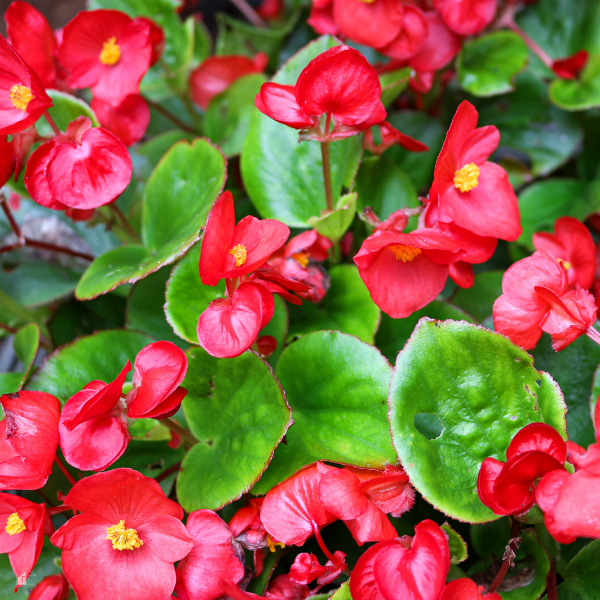
Begonia
Begonia is a lovely flowering plant that grows well in water containers. It has beautiful leaves and charming flowers. However, begonias require a warm environment to grow and bloom; therefore, don't put them anywhere chilly or dark.
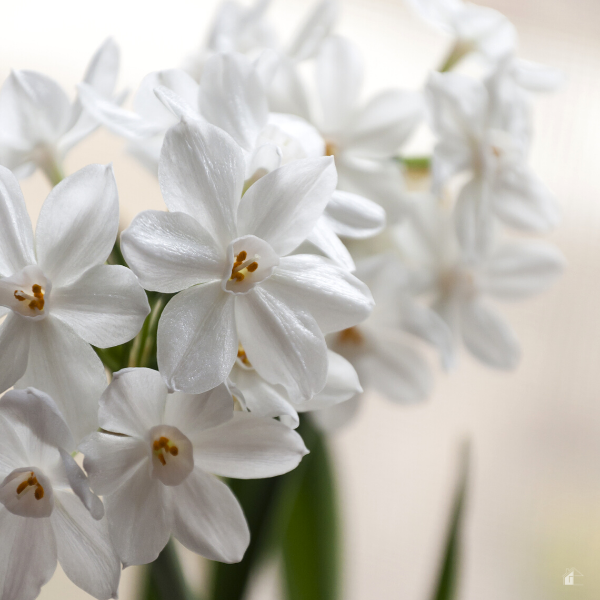
Paperwhite
It is a good option if you only want green leaves in your home. It creates a cluster of fragrant blossoms when planted in a water vase. You can decorate the pot with a couple of rocks to make it look more natural and attractive. Place them at a sunny spot so they'll start blooming after 4-5 weeks.
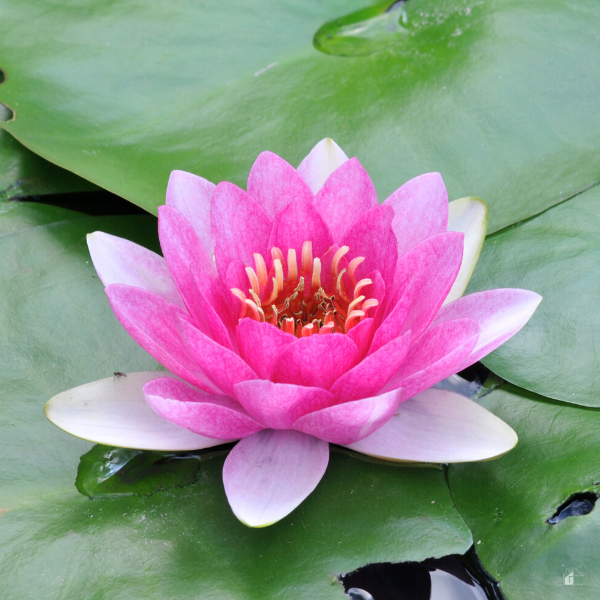
Water Lily
It has rounded flat leaves and beautiful blossoming flowers and comes in various hues. Water lilies are only found in water and are great for aquariums, ponds, and indoor water fountains. However, they require bright light for 16 hours per day to bear flowers.
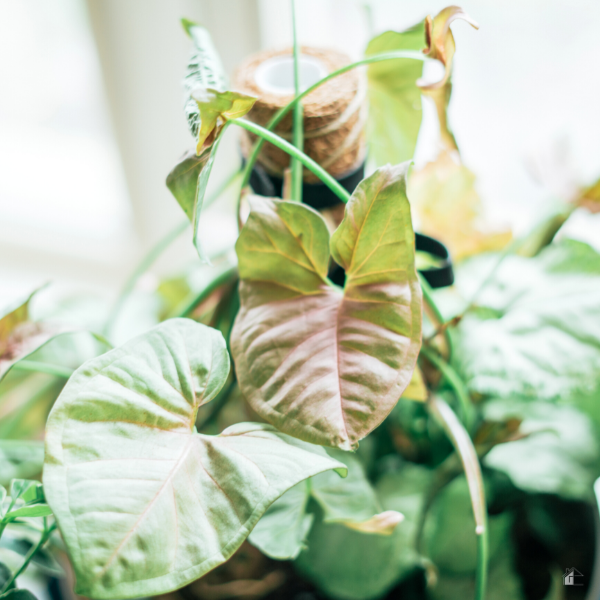
Arrowhead
These lovely, full-leaved plants thrive in damp environments like the jungle. They are climbers that prefer to grow on walls or other plants. Continuously add fresh water twice a week. You can also transplant it into potting soil when the cutting sets new roots.
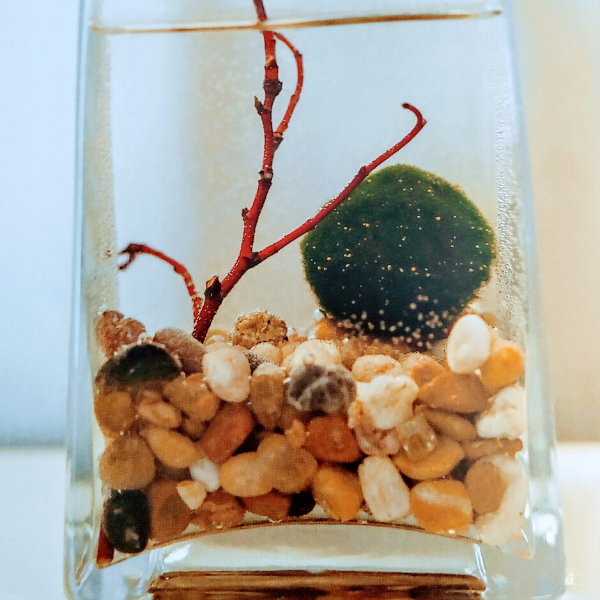
Cladophora Moss Ball
Another name for cladophora moss ball is Marimo Moss Ball. You can plant it in aquariums where it will be buried in the water and develop without rotting. They need to be kept in clean, cool water with minimal lighting. Replace the water and gently clean them every one to two weeks to eliminate any collected debris.
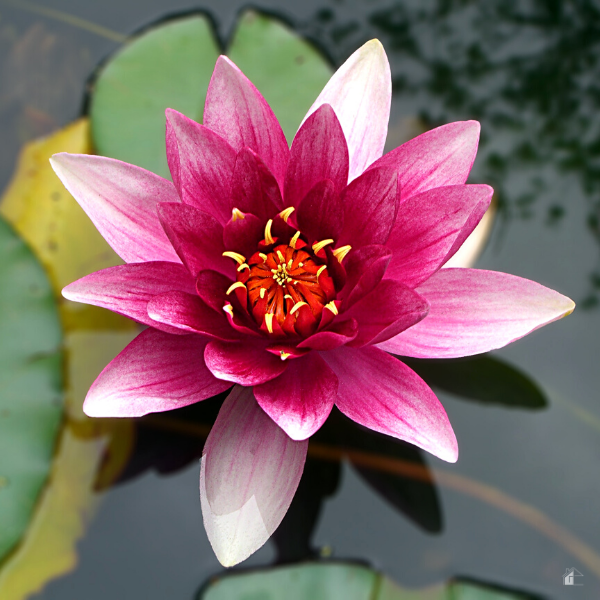
Lotus
This plant has the added benefit of being grown indoors in a large container. You must ensure the vase is deep enough to allow the lotus roots to take hold. You should keep water on the growing tips at all times, and when water evaporates, new water should be added daily or every other day. Place in a bright area.
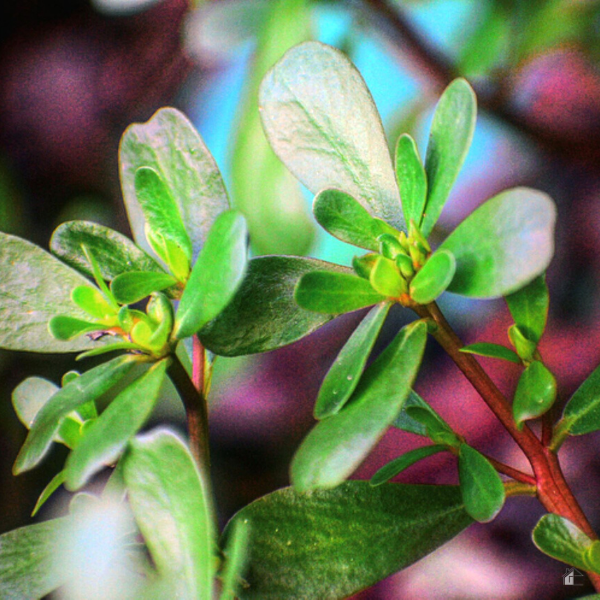
Jade
Succulents or cactus-style leaves are produced by the Jade plant, which is also known as Crassula. These glossy leaves have thick stalks that can grow up to 5 feet tall. Jade plants are low-maintenance and can thrive in a variety of environments. Once the water becomes dirty, change it once or twice a week.
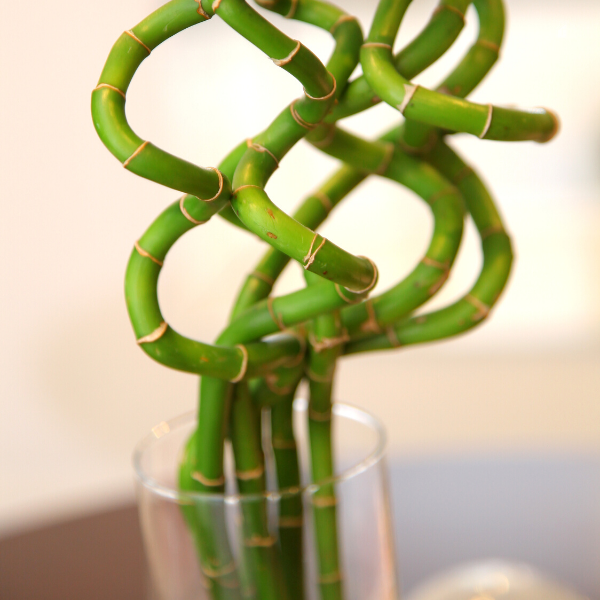
Lucky bamboo
It is an adaptable and versatile plant. It may be shaped into many different shapes. It won't require much sunshine, so keep it indoors where it can get some. In fact, exposing it to direct sunlight can burn its leaves, slowing its growth.
Can you grow plants in just water?
Growing plants in water provide more versatility and can be done in almost any type of container holding water. Water-based houseplant growing may be slower than soil-based planting.
However, houseplants may flourish in water eternally in many circumstances as long as you offer everything they need to continue growing. This is called hydroponic growth, and it's excellent since it allows a different method to display your houseplants.
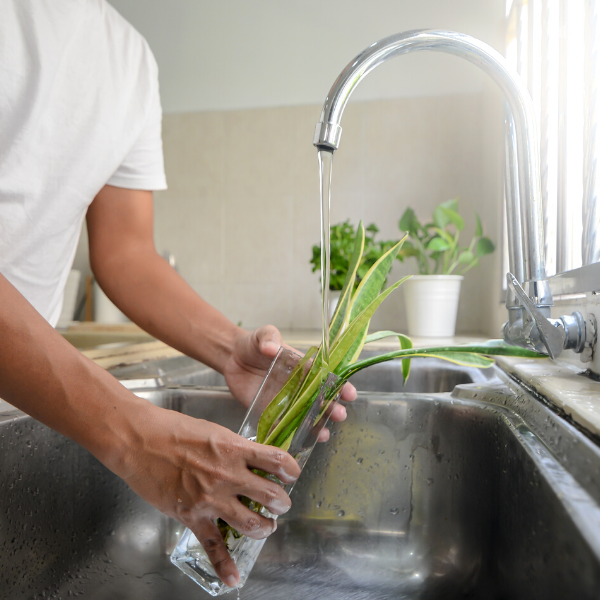
How do I start an indoor water garden?
Crafting an indoor water garden could be a terrific project for you if you're seeking a fresh way to display your plants around your home. Here's how you can start.
- The plants you choose for your indoor water garden are determined by the look you wish to achieve.
- Any form of watertight glass container would suffice. You can use jars or vases that you already have on hand or look for affordable glass containers at a local thrift store.
- You must thoroughly clean the roots of any existing dirt before building your water garden, regardless of the type of plant you choose for your water garden. You can remove any tough flecks using an old toothbrush or towel.
- It's time to put the water garden together once your plants are clean and ready.
- For the health of your plants, use filtered water; if you must use tap water, let it sit out overnight to allow the chlorine to dissipate entirely. Also, ensure the water is at room temperature; too hot or too cold temperatures will shock your plants.
- Feel free to add some decorative flourishes. Beautiful finishing touches include ornamental rocks, crystals, sculptures, and aquarium decorations.
- Once your indoor water garden is built, it requires very little maintenance. Put it somewhere that gets enough indirect light and isn't near any drafty windows or vents. You can use aquatic plant-feeding tablets (found in most pet stores) to nourish your water garden regularly.
- You should change the water and give the container a brief cleaning every couple of weeks. Examine your plant's roots and remove any dead or dying parts during this period.
What houseplants live in water?
With minimal effort, these houseplants grow exceptionally well in water.
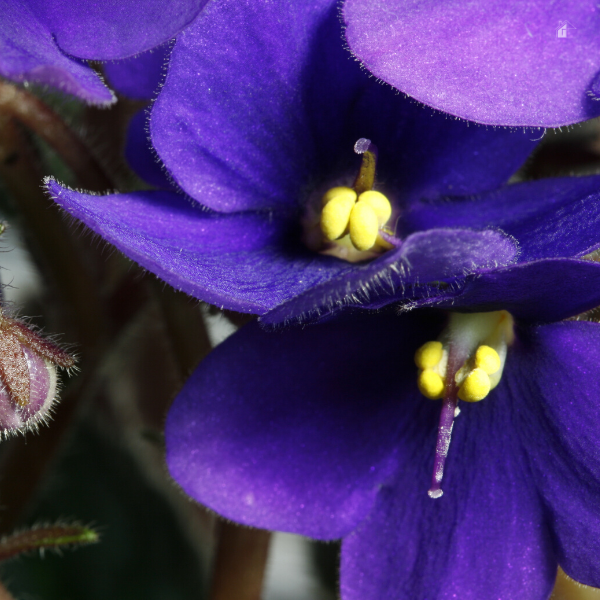
African violet
Although certain multicolor violets will produce plants with solid color flowers, growing an African violet in water from leaves is usually an excellent approach to create a clone of the parent plant. First, remove about two inches of the stem off the leaf and place it in a narrow-necked bottle to keep it suspended and dry.
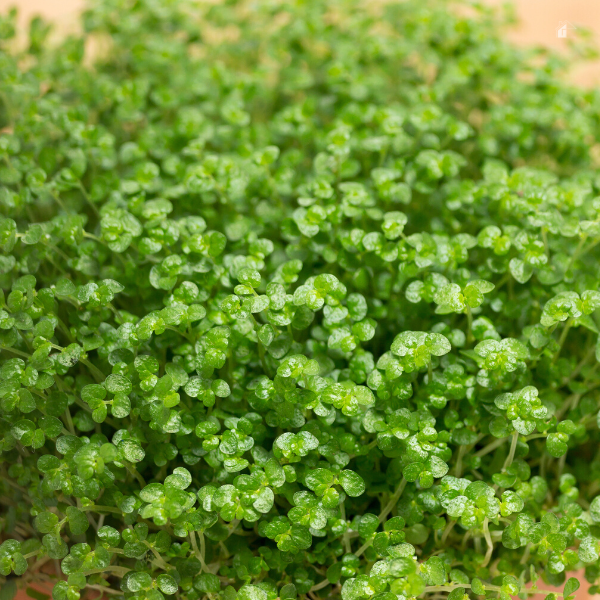
Baby's tears
They produce a dense yet delicate trailing mat with a plethora of small leaves on creeping plants. Allow the water level to drop after the roots are well-formed, give moisture to the plant, and change the water weekly to eliminate any floating leaves.
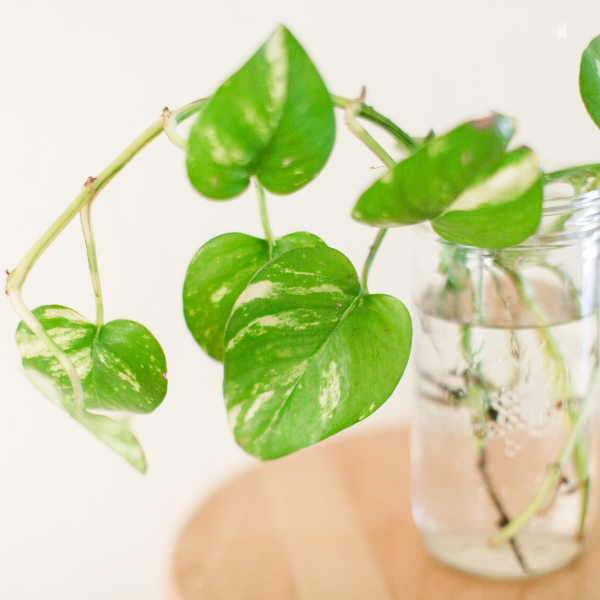
Pothos
This easy-to-grow houseplant thrives in water. To speed up growth, many houseplant parents mix pothos cuttings with other stems they intend to propagate. To keep algae at bay, change the water every 20 days and clean the jar.
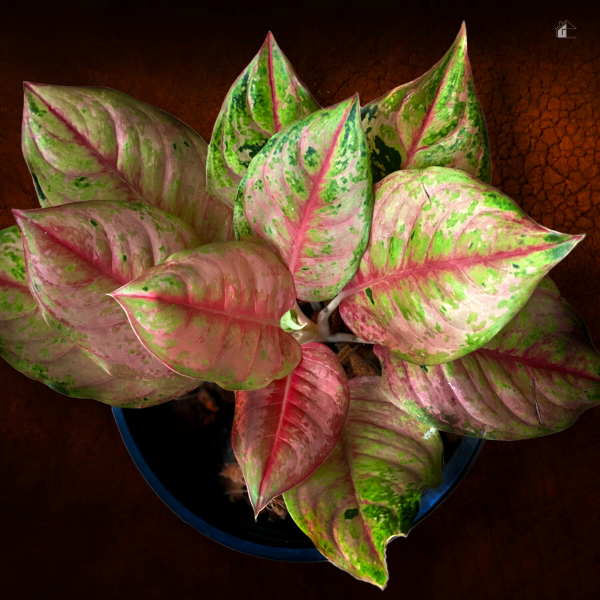
Chinese evergreen
Ensure the incision is long enough to submerge a few inches underwater while leaving some leaves above the waterline. Then, as needed, replenish the water.
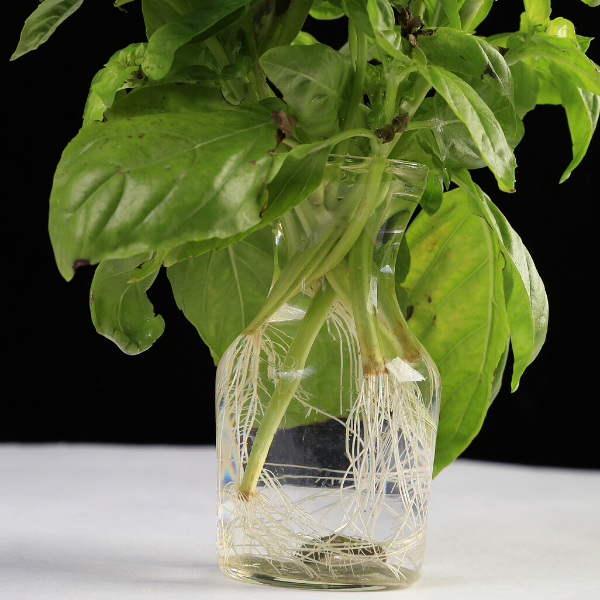
Herbs
Any soft-stem herb can only live in water. Therefore, cut from the soft, green stem rather than the woody stem for optimal results. Place a clipping from a mature, healthy plant in a sunny location. Herbs require a lot of indirect light to thrive.
Tips for growing indoor water plants
Putting together a water garden indoors is a simple process. However, here are some things that you'll need to think about.
What kind of containers should I use?
Almost any container that can hold water can be used to create an indoor water garden. Of course, plants can be grown in bottles, but most any form of watertight container will do, save those made of copper, brass, or lead. When metals react with fertilizer, they can corrode and harm plants.
When should I change the water?
If the water turns sluggish or unclean, that's the time when you need to replace it.
How do you fertilize indoor plants in water?
Simply top the container with good quality, water-soluble fertilizer every four to six weeks, or sooner if half of the water evaporates.

